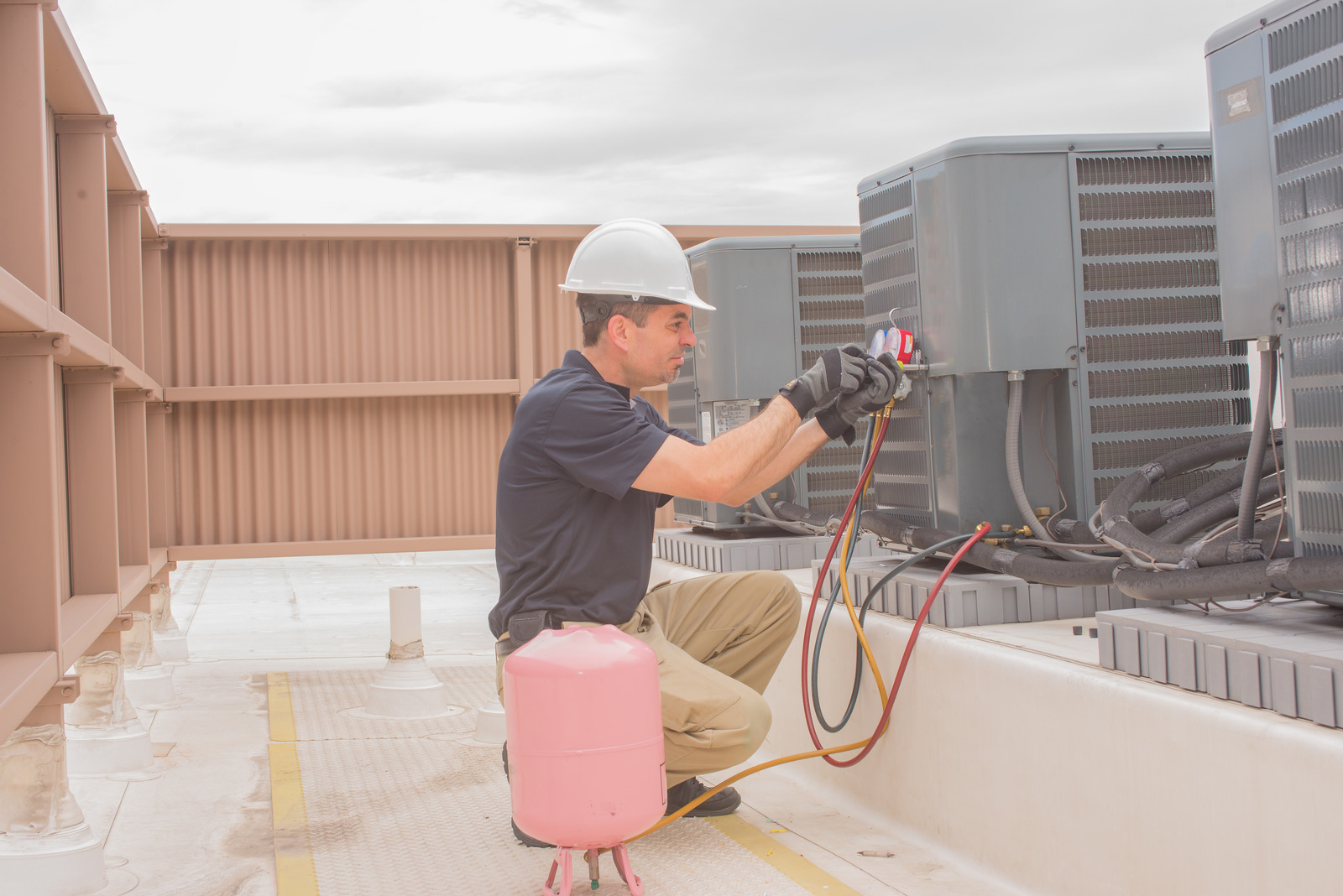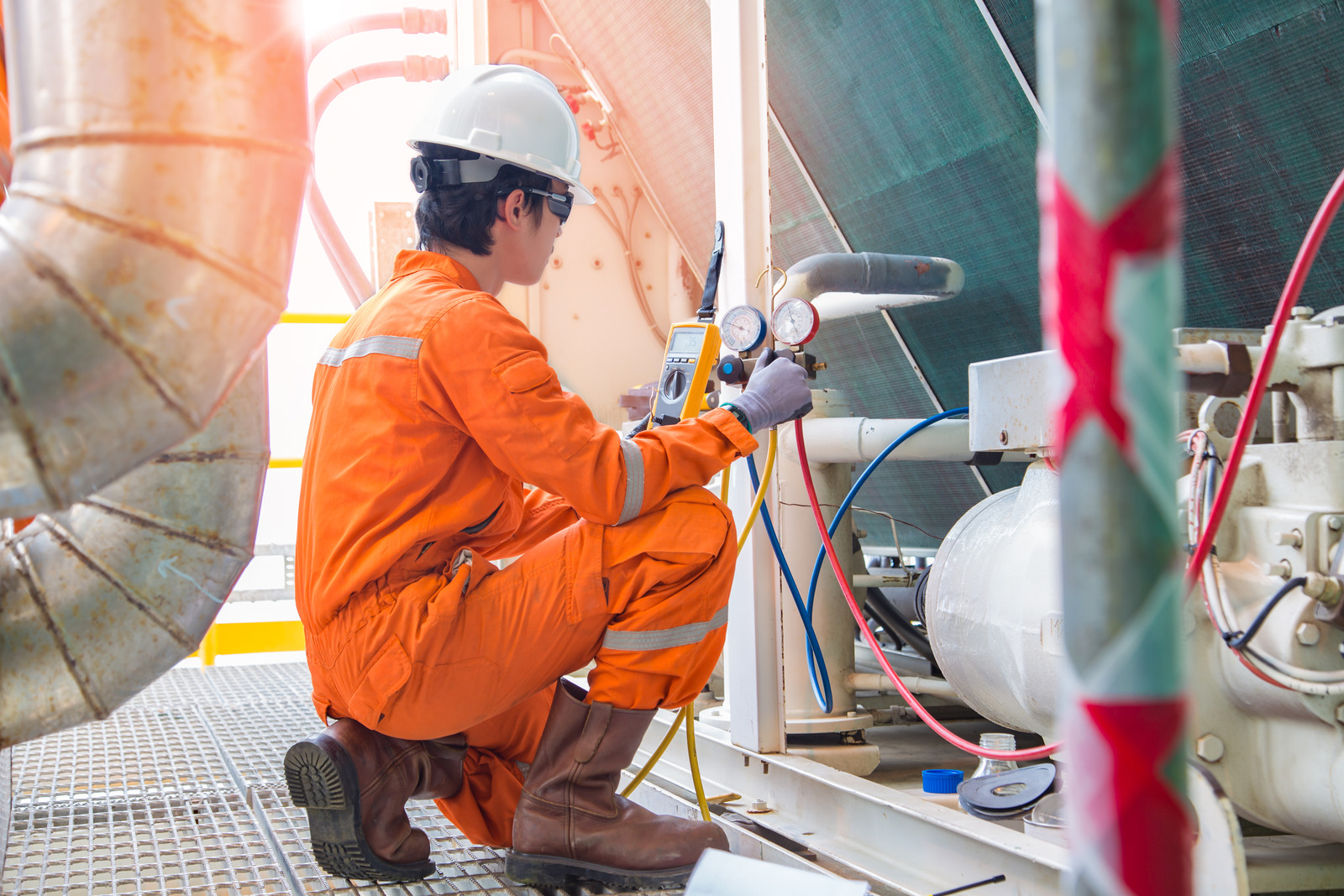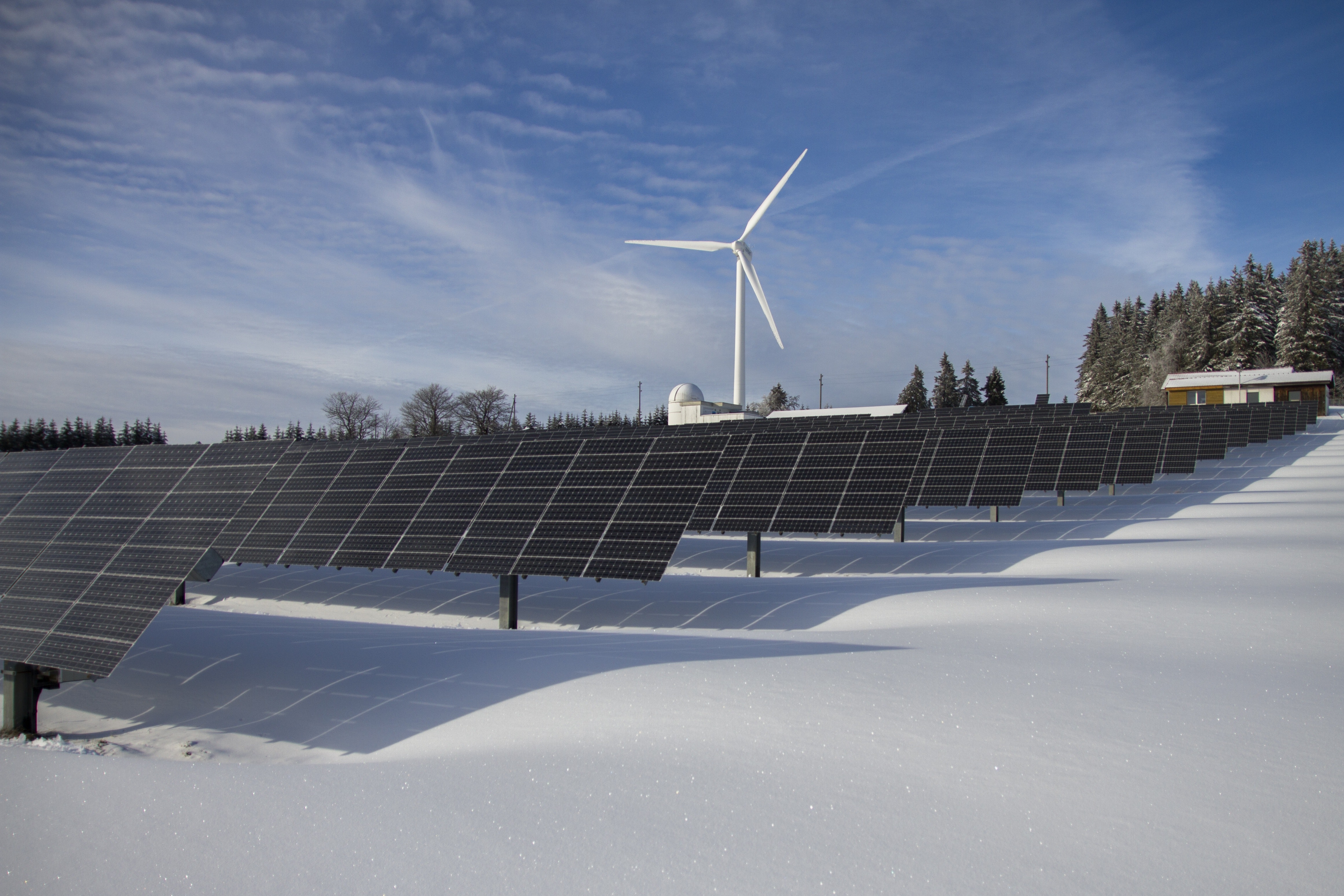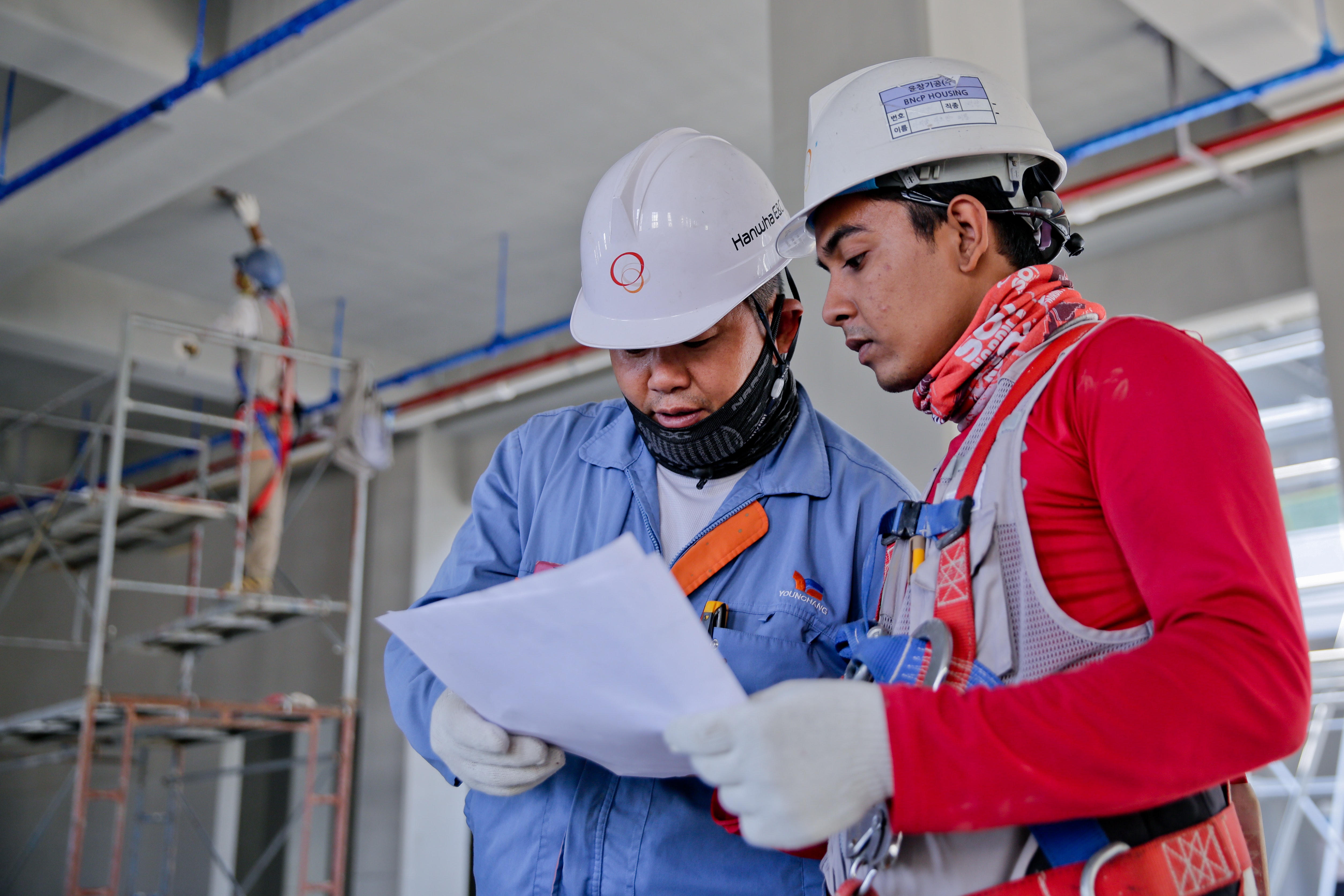
10 HVAC Industry Trends to Watch in 2020
The HVAC industry is comprised of heating, ventilation, and air conditioning, and HVAC is used in many buildings and vehicles nowadays. While many people tend to overlook HVAC, it can actually be one of the largest consumers of energy in a facility. The HVAC industry is closely tied to the construction industry and is heavily driven by federal and state regulations. There are several up-and-coming trends in the HVAC industry, namely the push towards smart and environmentally friendly technology.

Table of Contents
Here are HVAC Industry trends that will shape the future
1. Smart Trends
Smarter technology is a huge driving factor behind the improvements being made in the HVAC industry today. The industry is beginning to automate sales and services processes to help cut costs can and keep prices competitive. Additionally, smart technology like mobile apps allow building managers to control HVAC technology from one centralized point. With this smart tech, HVAC technology will be able to make advances such as being able to identify and alert you when maintenance is needed, or even submitting a work order for maintenance automatically.
2. Smart Thermostats
A popular smart trend is smart thermostats, which can detect additional measures such as humidity, temperature, and motion. Smart thermostats allow for a greater amount of customized and automated control and have the benefit of being able to integrate with systems such as Google Home and Alexa. Mobile solutions are also a driver of innovation in the HVAC industry because of benefits such as being able to set up preventative maintenance and streamline communication with HVAC contractors.

3. SAAS
Recent data analysis technologies have helped streamline HVAC system processes and therefore improve the efficiency of these systems. Additionally, HVAC contractor’s use of software, widgets, and SEO has helped contractors connect with the community to gain market share on a local level. Using software as a service gives contractors a greater degree of control and knowledge over their project and results in a more efficient and accurate system.
4. Customer Personal Preference
Recently, it isn’t just employee expectations that are affecting the HVAC trends. It’s the consumers’ expectations that are impacting the market trends, as well. Consumer experience is very impactful on purchase decisions, 78% of customers have backed out of a purchase due to lack of or poor customer experience.
HVAC businesses should use customer relationship management (CRM) to ensure the most convenient and seamless experience as possible for consumers. With the consumer preference information, you are at an advantage to customize job and customer information to target suitable consumer segments. If you want to get a stance in the HVAC industry, using CRM to get deep into the market will give you an advantage over competitors.
5. DeVAP
Sustainable HVAC is a huge rising trend in the industry today, with popular methods such as DeVAP, solar, and geothermal leading the way for environmentally friendly HVAC use. DeVAP, short for desiccant enhanced evaporate, cools the air using an evaporative cooling system where water is run into a honeycomb media and a fan is blown through the honeycomb, causing the water to evaporate. The desiccant substance is used to absorb humidity from the cooled air to create dry air and a similar feeling to the cooling effect of a traditional AC unit. The DeVAP system is gaining popularity due to its smaller energy consumption and environmentally-friendly refrigerant.

6. Solar/Geothermal
Solar methods of HVAC have been popular for several years in the field of sustainable energy. Using panels, solar HVAC units can be added to existing buildings as well as new ones, and solar HVAC can be used for both heating and cooling, making them an attractive option to many people. Another method of sustainable HVAC is geothermal HVAC, which uses underground pipes to regulate temperature. The pipes are laid at least 6 feet underground, at which depth the temperature remains relatively constant, and these pipes regulate temperature around the building.
7. Refrigerant
Refrigerant has long since been the backbone of AC due to its ability to absorb heat from the environment and lower the temperature of the air it comes in contact with. However, it traditionally uses an environmentally hazardous component called chlorofluorocarbons (CFC), which are damaging to the ozone layer and exacerbate the greenhouse effect. There has been a push in recent years towards creating more environmentally friendly refrigerants, such as R22.

8. Green Technology
When properly maintained, HVAC equipment can last 10-15 years, meaning that a large part of the HVAC industry is maintenance. With the implementation of new technology, the maintenance process can be streamlined to be more efficient and environmentally friendly. Additionally, research has shown that up to 75% of utility costs in a home come from electronics that are in standby or off, including HVAC equipment. With proper insulation, utility costs can be lowered and HVAC efficiency can be raised by up to 30%. Another trend in green technology is electronic air cleaners, which are up to 40 times more efficient than a standard filter.
9. Construction
There is a direct relationship between the construction industry and the HVAC industry. When there is an increase in new building construction, there is always a similar increase in HVAC installations. The rising trend of sustainable building design also means that the HVAC used in these buildings will be more environmentally friendly, likely through alternative power sources or new technology. Additionally, building architects are taking steps to reduce carbon footprint in the construction industry through using materials that naturally regulate temperature.

10. COVID-19
Before the coronavirus global pandemic, the HVAC industry was strong at the beginning of 2020. Unfortunately, because it, most of our economy is at a pause due to the closing of job-sites. However, essential/emergency/necessary services go on, many companies must abandon their old procedures and transition to the new normal. Greater safety precautions will need to be implemented into HVAC industry processes because of social distancing guidelines. Additionally, more and more companies are moving from office to remote work. With remote work, there is higher risk of cybersecurity instances with employees on different networks.
However, in some states, their governors are opening up more job-sites. Even when the construction industry as a whole, continues, the precaution and remote work will become a newer “normal.”
Conclusion
It’s pretty clear that smart and environmentally-friendly technological advancements play a huge part in shaping the HVAC industry today. As a fast-growing industry (it’s expected to grow nearly 6% annually through 2020), innovations in HVAC have the potential to make a huge global impact on sustainable and affordable technology. The market for HVAC is constantly growing and has a lot of potential in both new and mature markets, and the new trends arising are undoubtedly playing a huge part in shaping the industry today.